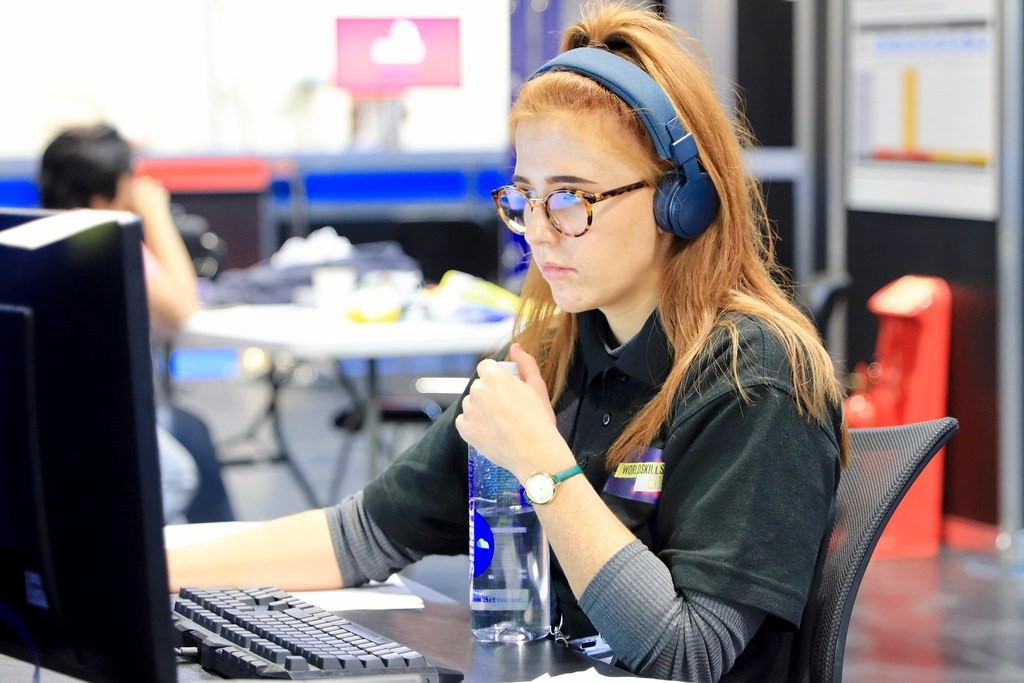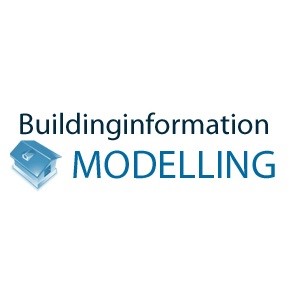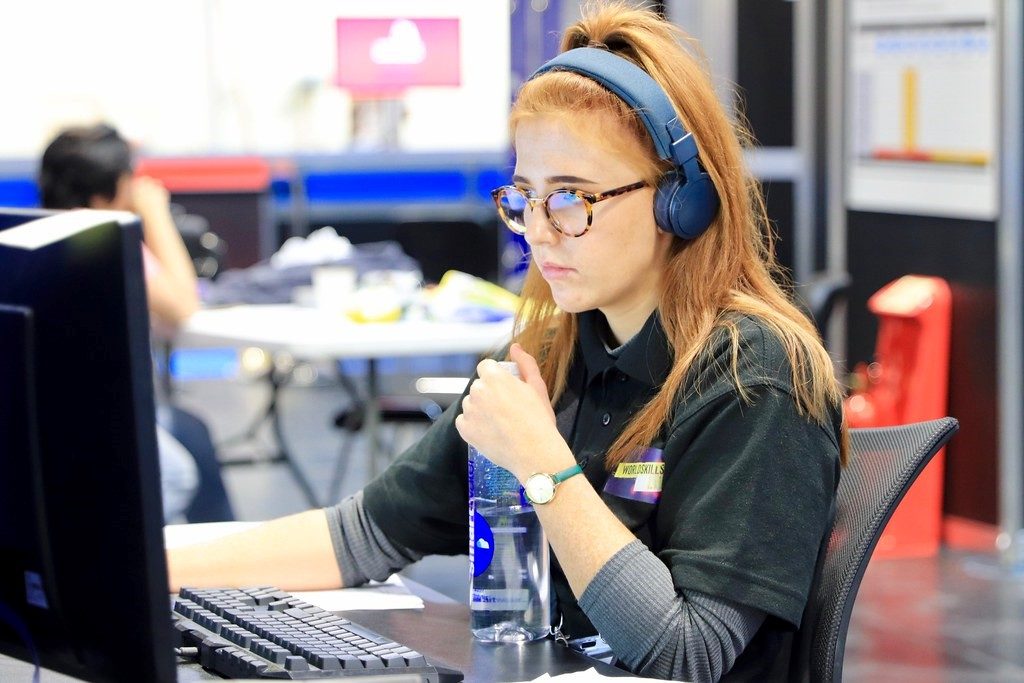
Building Information Modelling (BIM) is all about creating digital models of construction projects. It gives architects, engineers and others the ability to build 3D models that help to plan, design, construct, and manage buildings and their associated infrastructure.

Image
Credit
In the construction industry, safety is, of course, always an issue.
There are over 50,000 non-fatal injuries to workers each year and many people
suffer work-related ill-health. Although the trend is downward and the industry
is much safer than it used to be, there are ever present risks and therefore
safety still needs to be taken seriously. How then can BIM technology help to
address these risks?
Using the virtual world
Because the use of BIM allows the creation of a virtual model of a project, it
opens up a number of opportunities to improve safety on site. For example,
aspects of the construction can be simulated in the virtual world before they
are attempted on site. It’s also possible to run rule sets across a model to
look for common hazards and allow measures to be put in place to avoid them.
Using BIM technology in this way means that steps can be
taken to reduce the risks before work commences. This might involve, for
example, prefabricating components for HVAC systems so that they can be hoisted
into place rather than having to be assembled on site.

Image
Credit
This virtual model can also be used retrospectively. If any unexpected
accidents or risks have occurred, they can be recreated in the BIM model to
give opportunities to learn how they happened and allow processes to be amended
to avoid similar events happening in future.
Respecting the rules
The construction industry is subject to many different rules and regulations.
These may include local planning requirements, and where safety is concerned,
the Construction (Design and Management) Regulations. The latter deal with what
workers need to do to protect themselves and others while at work.
These regulations can be programmed into BIM systems, allowing businesses to
manage the risks. BIM can identify the risks and help to plan how the work
should be carried out so that they can be minimised. It can also support the
creation of information for workers, so they can be kept up to date with the
risk involved in a particular job.
